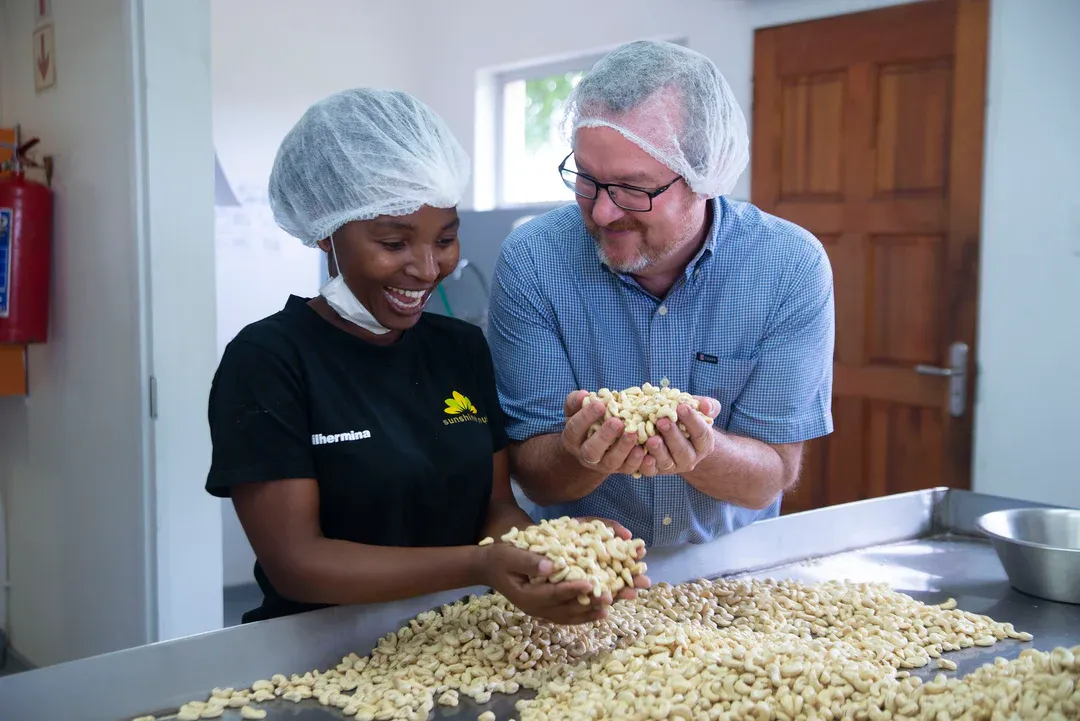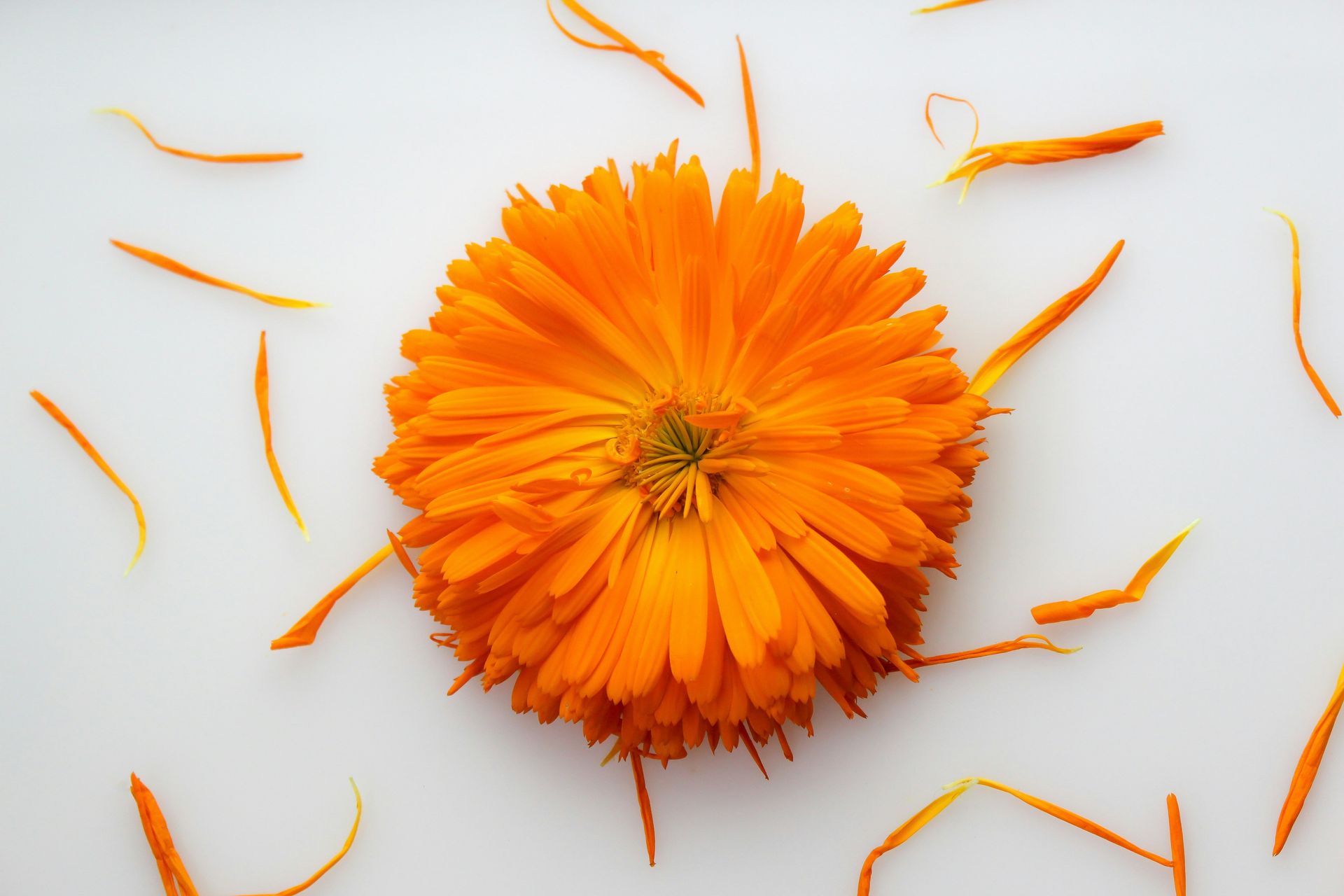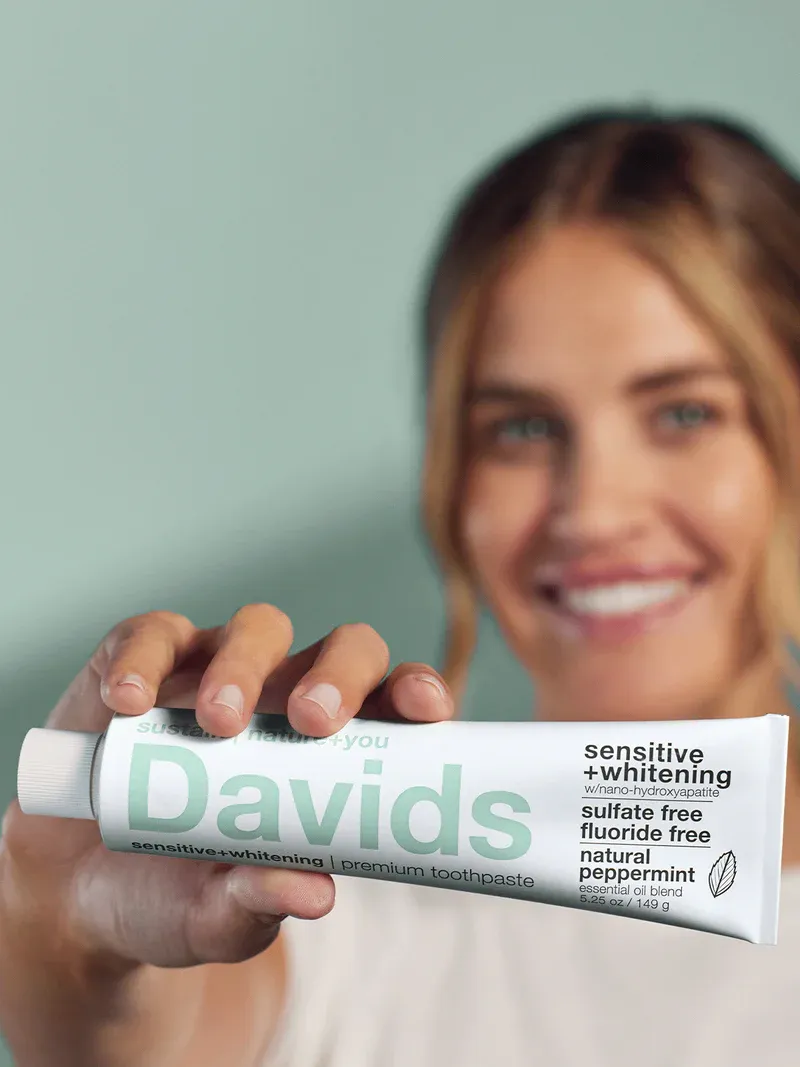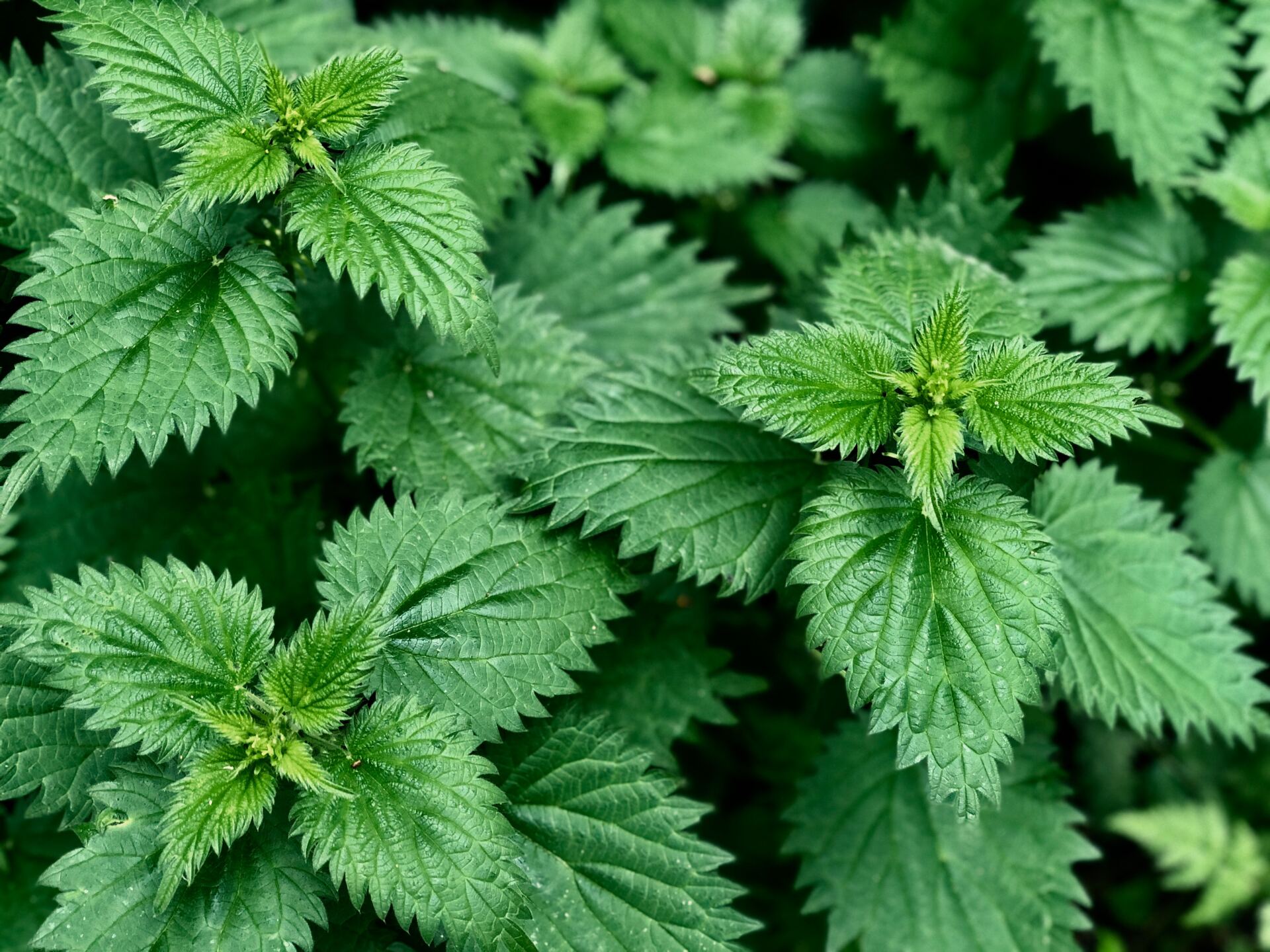








One of the simplest pleasures in life is coming home from a stressful day of work and lighting an aromatherapy candle with a special scent intended to make you feel calm and relaxed. Unfortunately, that seemingly harmless candle could be filling the air in your home with carcinogenic soot and lead emissions.
Fortunately, the solution to the candle pollution problem doesn’t have to be extreme. Alternatives to toxic candles abound. With very little effort, you can fill your home with soothing light and scents without filling it with toxic gases.
What’s Wrong with My Candles?
The biggest issue with candles are toxic wax and, in the case of older candles, toxic wicks.
Look out for candles made of paraffin—a petroleum byproduct— which releases carcinogenic soot when burned. The soot can also cause respiratory problems and will aggravate the conditions of those who already have asthma, lung, or heart problems. Besides endangering your health and that of your family, soot from paraffin wax can cause significant damage to the inside of your house, plus your computers, electrical appliances, and ductwork. “Some families have reported so much soot damage that they have filed insurance claims, only to find such damages aren’t covered in their policies,” says natural living expert Debra Lynn Dadd, author of Home Safe Home (Tarcher Perigee Publishers, 1997) and six other books about safe and nontoxic products.
Once upon a time, many candles on the market contained lead-core wicks. Fragrance oils soften the wax, so the manufacturers used lead to make the wicks stand firm.
And if that weren’t enough, aromatherapy candles that are scented with synthetic oils release microscopic particles that have been linked to cancer and other health problems when inhaled.
Fortunately, unless you have candles more than a decade old (and many people do!), they probably don’t have a lead-core wick. However, many people regift candles, and many candles with lead in the wick are still circulating.
A candle with a lead-core wick releases five times the amount of lead considered hazardous for children and exceeds EPA pollution standards for outdoor air, says the Consumer Product Safety Commission (CPSC). Exposure to high amounts of lead has been linked to hormone disruption, behavioral problems, learning disabilities, and numerous health problems.
The No-Lead Test
To find out whether a candle has a lead wick, follow these steps: Look for a “lead-free” label when shopping for new candles. If you have a candle that has not been burned yet, rub the tip of the wick of on a piece of paper. If it leaves a gray mark, like a pencil, the wick contains a lead core.
For candles that have already been burned, you should just throw out any that have metal cores as a precaution. Simply look at the tip of the wick and see if it has a metal core. If you still can’t tell, peel back some of the cotton.
Non-Toxic Candle Alternatives
There are currently no restrictions on paraffin candles and those scented with synthetic oils. But you don’t have to give up candles altogether if you follow these guidelines:
Buy 100% beeswax or vegetable wax candles with cotton wicks, which are free of toxic chemicals. Natural waxes can cost as much as six times the price of paraffin, so many candle manufacturers blend paraffin with their wax to cut costs. Be sure your candles say 100% beeswax or vegetable wax on the label. Visit Marlene’s for a wide selection of beautiful, eco-friendly candles!
To reduce soot, no matter what kind of wicks are in your candles, trim wicks to 1/8 inch, and do not burn candles in a drafty area.









Please give us a call for today’s deli hours as they can vary due to staffing.
Grab and go options are always available until close.
FEDERAL WAY
Monday-Saturday: 8 am - 8 pm
Sunday: 9 am - 7 pm
Please call for current deli counter service hours. Grab and go options available until closing.
2565 S. Gateway Center Place
Federal Way, WA 98003
TACOMA
Monday-Saturday: 8 am - 8 pm
Sunday: 9 am - 7 pm
Please call for current deli counter service hours. Grab and go options available until closing.
2951 S. 38th Street
Tacoma, WA 98409